Pests are a common challenge for gardeners, causing damage to vegetables, fruits, and ornamental plants. While chemical pesticides are widely used, many gardeners are turning to companion planting as a natural, sustainable method to reduce pest damage. Companion planting involves strategically pairing plants that benefit each other by repelling pests, attracting beneficial insects, or improving growth conditions.
This guide explores five companion plants that reduce pest damage, how they work, and tips for integrating them into your garden for healthier, more productive plants.
Understanding Companion Planting
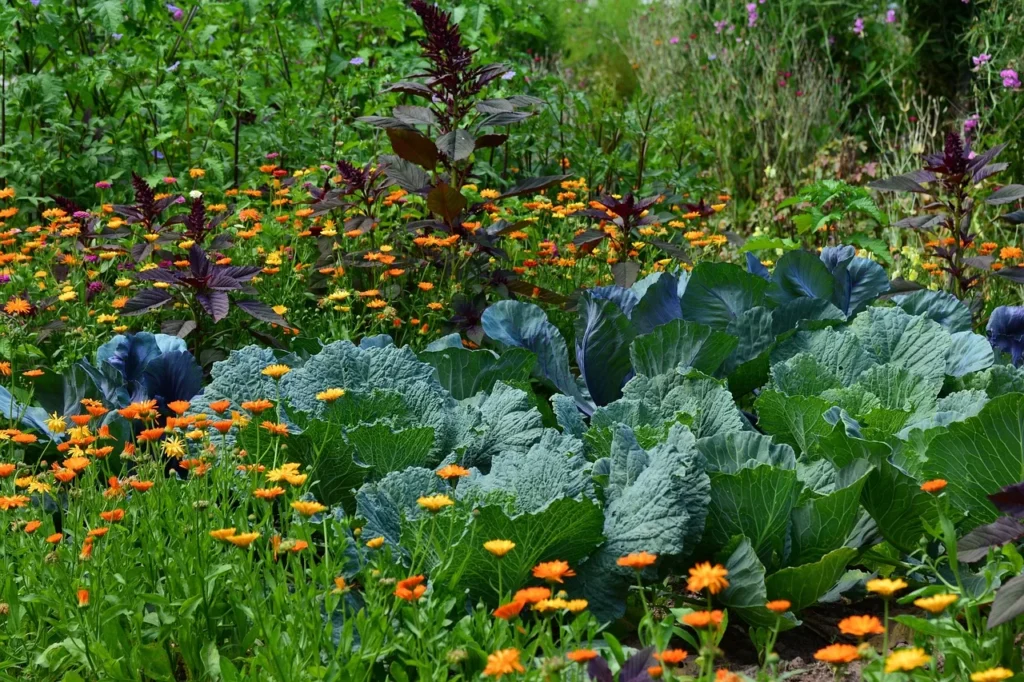
Companion planting is based on the principle of mutual benefits between plants. Some plants produce natural chemicals, scents, or structural defenses that deter pests, while others attract beneficial predators that feed on pests.
Benefits of Companion Planting
- Natural pest control: Reduces reliance on chemical pesticides.
- Improved growth: Certain companions enhance nutrient uptake and growth.
- Biodiversity support: Encourages beneficial insects like bees, ladybugs, and lacewings.
- Disease reduction: Some companion plants repel disease-carrying insects.
- Space efficiency: Combines plants that grow well together, maximizing yield in smaller gardens.
By understanding the pest-repelling properties of certain plants, gardeners can design a balanced, resilient ecosystem.
Companion Plant 1: Marigolds (Tagetes spp.)
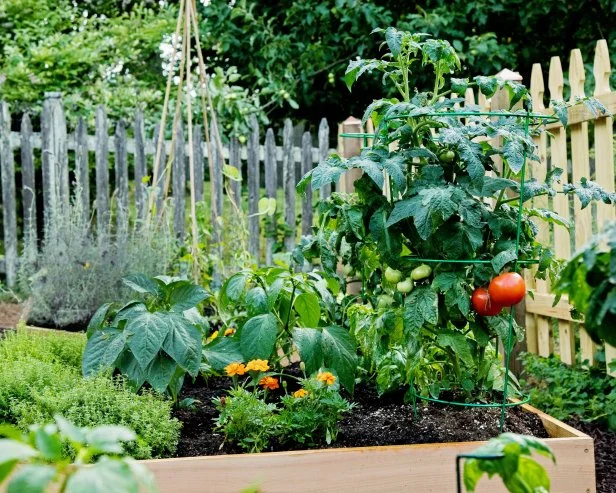
Marigolds are a popular choice for reducing pest damage in vegetable and flower gardens.
How Marigolds Reduce Pests
- Emit thiophenes, compounds toxic to nematodes, aphids, and certain root-dwelling pests.
- Their strong scent masks the smell of nearby plants, confusing insects and deterring them.
- Attract beneficial insects like ladybugs and lacewings, which prey on pests.
Best Pairings
- Plant marigolds alongside tomatoes, peppers, and cucumbers to reduce nematode populations.
- Interplant with herbs like basil to enhance pest-repelling effects.
Tips
- Use a mix of tall and dwarf varieties to cover soil and create visual interest.
- Deadhead flowers regularly to encourage continuous blooms and fragrance.
Marigolds are easy to grow, visually appealing, and highly effective at keeping pests at bay naturally.
Companion Plant 2: Basil (Ocimum basilicum)
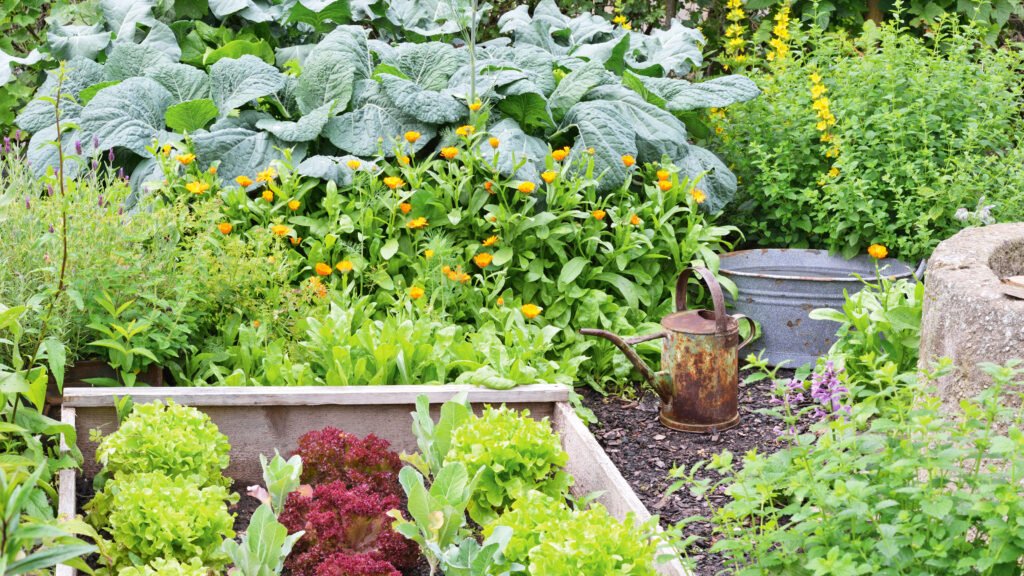
Basil is not only a fragrant culinary herb but also a powerful natural pest deterrent.
How Basil Reduces Pests
- Emits volatile oils that repel flies, mosquitoes, aphids, and tomato hornworms.
- Attracts beneficial insects like parasitic wasps, which prey on pests.
Best Pairings
- Plant near tomatoes to repel hornworms and improve growth.
- Combine with peppers, oregano, and eggplants to reduce pest infestations.
Tips
- Plant basil in clusters near vegetable beds for maximum effect.
- Regularly harvest leaves to maintain bushy growth and release aromatic oils.
Basil’s aromatic foliage serves a dual purpose: enhancing flavor in the kitchen and protecting your garden.
Companion Plant 3: Nasturtiums (Tropaeolum majus)
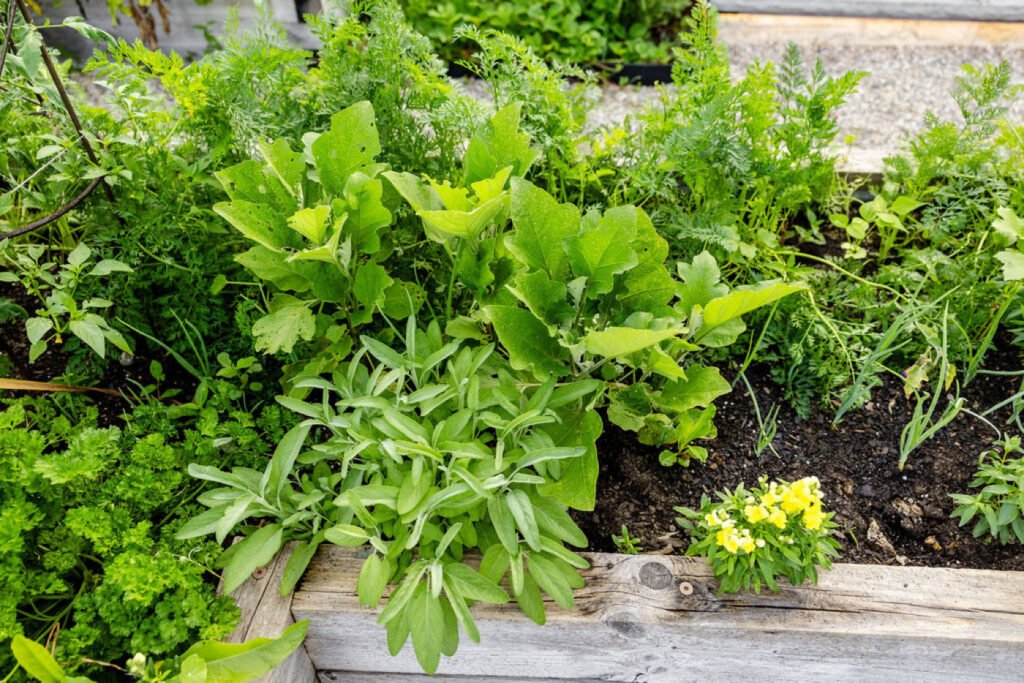
Nasturtiums are vibrant, trailing plants with a unique ability to act as trap crops, attracting pests away from valuable vegetables.
How Nasturtiums Reduce Pests
- Draw aphids, whiteflies, and caterpillars away from nearby crops.
- Some compounds in leaves deter squash bugs and beetles.
- Attract predatory insects such as hoverflies, which feed on pests.
Best Pairings
- Plant near cabbage, kale, broccoli, and cucumbers to protect them from aphid infestations.
- Combine with flowering herbs to boost beneficial insect presence.
Tips
- Allow trailing varieties to cover bare soil, providing shelter for beneficial insects.
- Remove heavily infested leaves to prevent excessive pest buildup.
Nasturtiums act as a natural decoy, protecting high-value crops while supporting a healthy garden ecosystem.
Companion Plant 4: Garlic (Allium sativum)
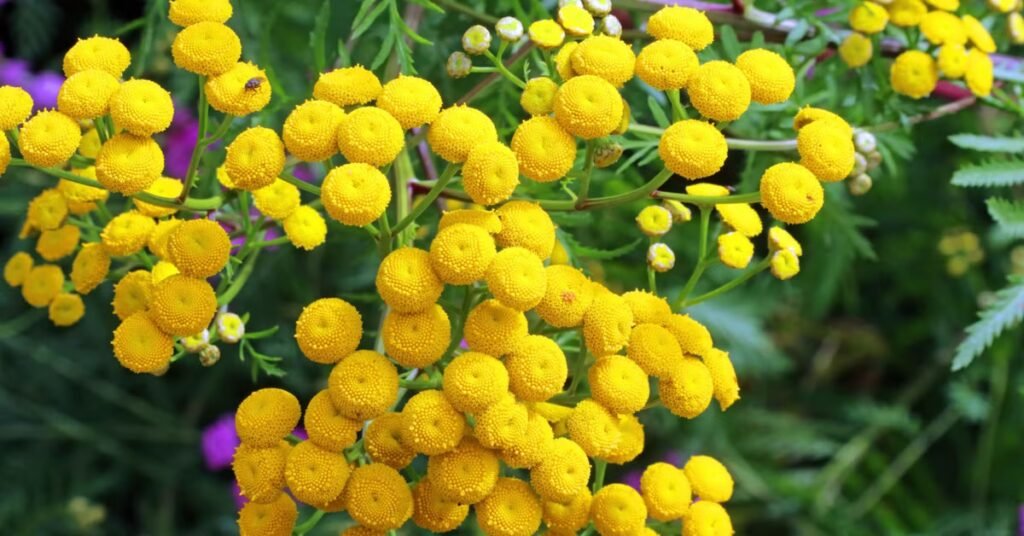
Garlic is a robust herb known for its culinary and medicinal uses, and it also repels many garden pests.
How Garlic Reduces Pests
- Releases sulfur compounds that repel aphids, spider mites, and Japanese beetles.
- Strong scent masks the aroma of neighboring plants, making them less attractive to insects.
- Can help reduce fungal infections due to mild antimicrobial properties.
Best Pairings
- Plant around roses, tomatoes, peppers, and carrots to deter aphids and leaf-eating insects.
- Intercrop with fruit trees to reduce pest pressure.
Tips
- Space garlic cloves adequately to allow airflow and reduce disease risk.
- Harvest leaves for cooking while allowing bulbs to mature underground.
Garlic is a versatile and powerful companion that enhances pest resistance in a wide range of plants.
Companion Plant 5: Chives (Allium schoenoprasum)
Chives are a hardy herb that provides both culinary flavor and natural pest control.
How Chives Reduce Pests
- Repels aphids, carrot flies, Japanese beetles, and leaf miners with sulfur-containing compounds.
- Attracts pollinators such as bees, which support vegetable and flower productivity.
- Dense foliage creates a physical barrier that insects avoid.
Best Pairings
- Plant near carrots, tomatoes, and roses to reduce aphid and carrot fly damage.
- Interplant with herbs like parsley and oregano to enhance garden biodiversity.
Tips
- Harvest chive leaves regularly to encourage lush growth.
- Flowering chives provide nectar for pollinators while maintaining pest protection.
Chives combine visual appeal, culinary use, and pest management, making them an ideal companion plant.
Tips for Successful Companion Planting
To maximize pest reduction through companion planting:
- Plan strategically: Place pest-repelling plants near crops most vulnerable to pests.
- Diversify plantings: Include a mix of herbs, flowers, and vegetables to attract beneficial insects.
- Maintain plant health: Healthy plants are more resistant to pest damage.
- Rotate crops and companions: Helps prevent pest buildup and soil depletion.
- Encourage beneficial insects: Ladybugs, lacewings, and parasitic wasps enhance the effectiveness of companion plants.
Strategic planning ensures that companion plants actively protect crops while supporting overall garden health.
Benefits of Using Companion Plants
- Eco-friendly pest control: Reduces the need for chemical pesticides.
- Improved plant growth: Many companions enhance nutrient uptake and pollination.
- Biodiversity: Supports beneficial insects and pollinators, contributing to a balanced ecosystem.
- Cost-effective: Companion plants are low-maintenance and provide multiple benefits.
- Aesthetic appeal: Adds color, fragrance, and texture to vegetable and flower gardens.
By using companion plants, gardeners achieve natural pest management, healthier crops, and a more resilient garden ecosystem.
Conclusion
Companion planting is a sustainable, practical, and effective method to reduce pest damage in gardens. By pairing crops with beneficial companions, gardeners can naturally deter pests, attract predators, and improve plant health without relying on chemicals.
The five most effective companion plants for reducing pest damage include:
- Marigolds – Repel nematodes and aphids while attracting beneficial insects.
- Basil – Deters hornworms, flies, and mosquitoes; attracts parasitic wasps.
- Nasturtiums – Act as trap crops for aphids and caterpillars.
- Garlic – Repels aphids, mites, and beetles; improves neighboring plant resistance.
- Chives – Repel carrot flies, aphids, and beetles while attracting pollinators.
By integrating these plants into your garden design, you create a self-regulating, thriving ecosystem that minimizes pest damage, supports biodiversity, and enhances both productivity and beauty. Companion planting transforms gardens into resilient, low-maintenance, and eco-friendly spaces, demonstrating the power of natural pest management strategies.
